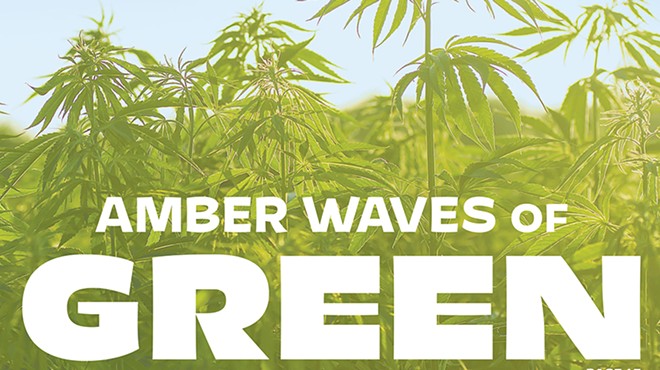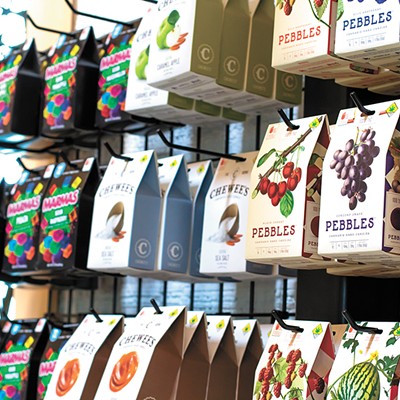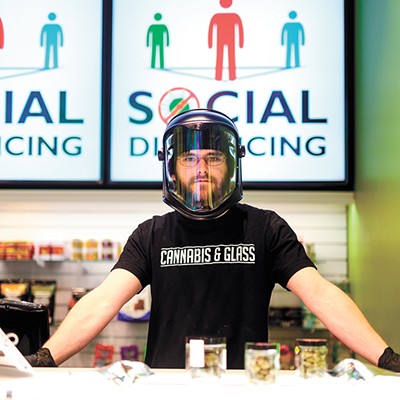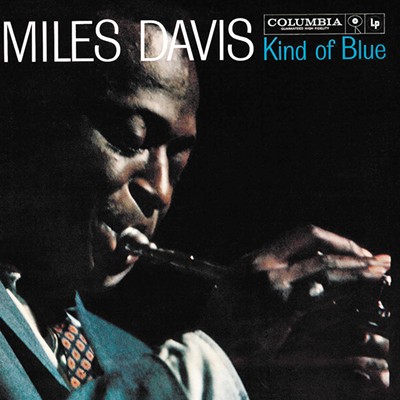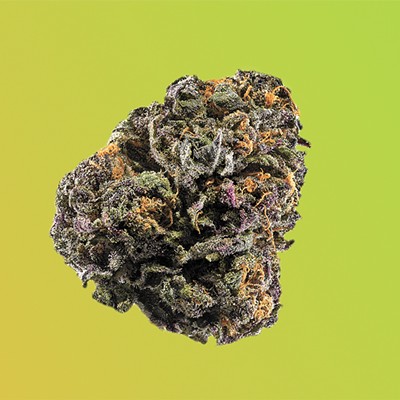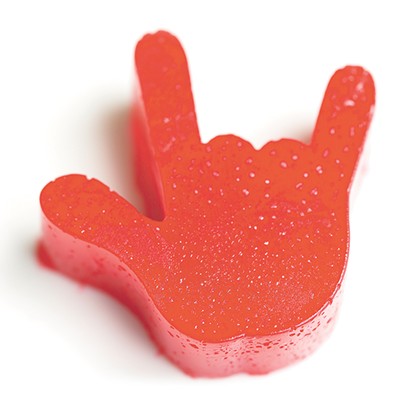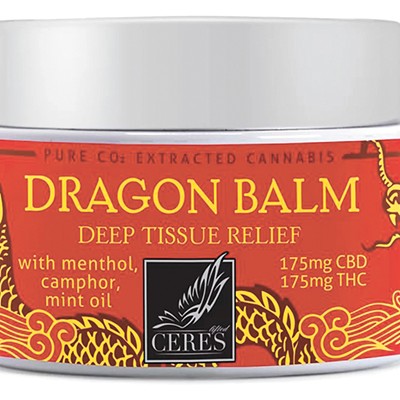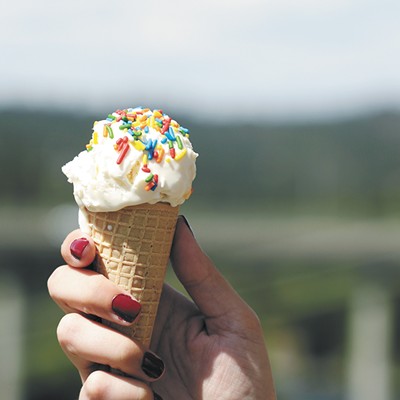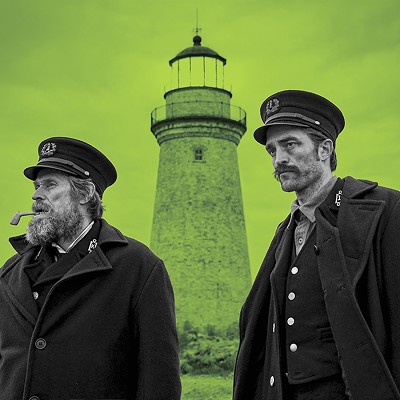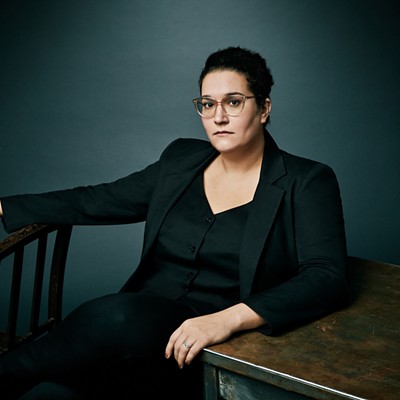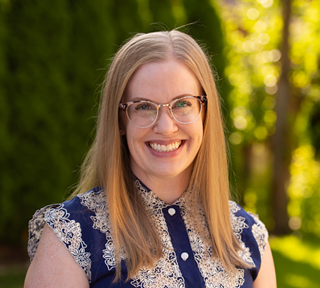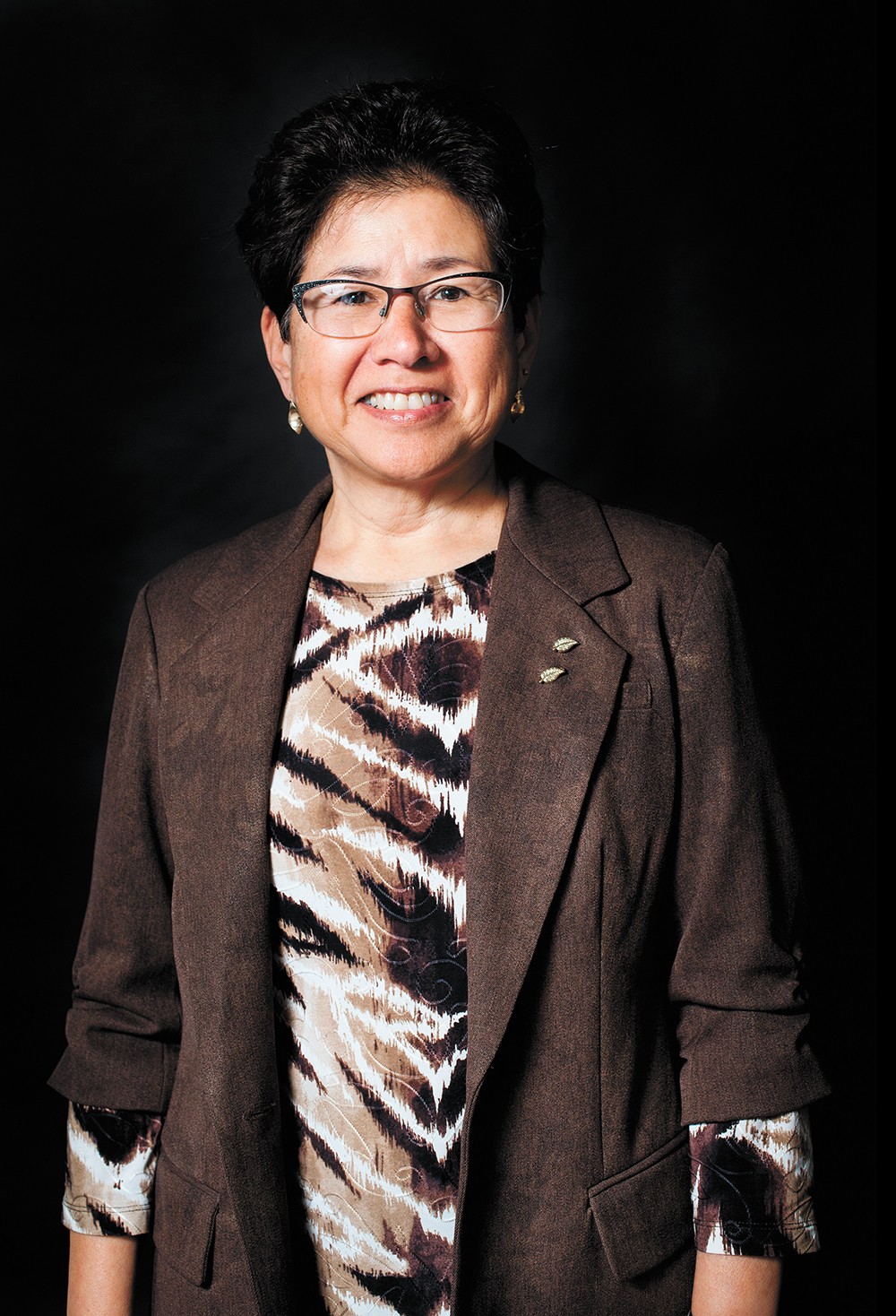
Rebecca Craft was one of the first researchers to study how marijuana could affect males and females differently, back when use both for medicinal and recreational purposes was still widely considered taboo. Through this continued work, Craft hopes to learn whether medicinal marijuana dosages need to be adjusted based on sex, or if there is a biological gender connection to drug abuse, both in cannabinoids and opioids.
As a professor of psychology at Washington State University, Craft currently teaches several psychology courses, including behavioral pharmacology.
This spring, Craft was scheduled to present a series of lectures on marijuana across the Inland Northwest in May for Humanities Washington's Speakers Bureau program. Due to COVID-19, however, Craft's lectures — titled "Marijuana: Evil Weed or Medical Miracle?" — have been canceled, though she hopes to reschedule later this year. We chatted with Craft about her presentation and her marijuana research. Responses have been lightly edited for clarity.
INLANDER: Tell us a little bit about yourself and your marijuana research.
CRAFT: I am what's described as a psychopharmacologist. That means someone who studies effects of drugs on behavior. I work in a psychology department, but my training is a lot in biology and pharmacology, and all of my research is in rats. One thing we started studying is the effects of THC and CBD mostly on pain. I had a grad student back in the late '90s who was really interested in the sex differences in THC's effects. At the time, there were very few states that had legalized even medical marijuana; California was in '96 and Washington was in '98. [This student] said, 'Somebody ought to look at this' and he did the first studies in my lab and showed that effects of THC were greater in females than males in pain relieving and sedative effects. We did a few more studies and showed that in females their sensitivity to THC changed over the [rats'] estrous cycle, which is equivalent to the menstrual cycle, and we looked at a few other effects of THC.
Can you explain some other differences you've discovered in how males and females experience THC?
The research in humans hasn't really been done to any great extent yet. Sometimes the work we do in rats does parallel what is found in humans, but sometimes it doesn't. I have been waiting for the human research to take off a little more and that is starting to happen now, but it's slow. There has been, to my knowledge, only three studies in humans looking at whether, for example, women get better pain relief from cannabis and THC than men do. In the first study they gave people oral nabilone — synthetic THC — and subjected them to a pain-inducing procedure, and they did find the nabilone was more effective in women than men. But in the subsequent two studies, looking at smoked cannabis or THC itself, they didn't necessarily find that result. But those studies were conducted in people with chronic, heavy recreational use.
I will tell you that our research in rodents suggests that not only are females more sensitive to the pain-relieving effects, but also get tolerant faster. When I spoke to researchers on some of the work in humans and chronic users, they surmise that the reason those women did not show better pain relief is because they had already developed quite a bit of tolerance. It may be in that chronic users there are no sex differences.
What cultural anecdotes reflect the scientific theory that women and men are differently affected by cannabis and THC?
One of my research colleagues in Portland, Oregon, says if women try to use the same dose that men are using medicinally, that when they first start to use cannabis products, they get a little overwhelmed by the side effects. That suggests maybe this class of drugs is more potent in women than in men, which would parallel what we're seeing rats. But that is just anecdotal, and no one has systematically compared different doses in men and women.
You're a featured speaker for Humanities Washington this year, and have been presenting your "Marijuana: Evil Weed or Medical Miracle?" talk around the state. Can you give an overview of what you discuss in the lecture?
I talk some about where marijuana was first cultivated and why we have such a conflicted relationship with this drug in American culture. And the political and other machinations that occurred through the last 100 years that led us to this point, where now some people are wondering, 'Why did we ban this stuff?' and other people who grew up during the ban, like me, are still concerned that maybe this is a dangerous drug.
I try to provide some data on the various issues around marijuana, like 'is it addictive?' and 'are there any legitimate medical uses?' And what does the scientific literature tell us so far about whether it can relieve pain, for example, and what different clinical trials are going on right now to look at all the other potential medical uses.
I also talk a little about the impact of marijuana use on driving-accident rates in the state of Washington. That is a real concern both to the general public and policy makers in the state. I try to present a balanced view of what we know and what we don't know to help people make their own decision about whether they think it's a good idea to use themselves and whether as citizens and voters to support legalization.
You mentioned how in your lifetime the general attitude towards marijuana use has drastically changed. How has experiencing those shifts influenced your research?
I don't talk about my own research in the public talk — it's a little too esoteric, to be frank. But one of the things that has shocked me is that I honestly never would have predicted there would be such widespread interest in and acceptance of cannabis as a medicine, much less as a recreational drug. When it first became legal in Washington, it was very odd for me, just the thought of going into a pot shop and it's perfectly legal to buy this stuff. It was very strange.
I've found that when interacting with folks at these talks, a lot of the people who are my age, in their 60s, have had that same experience. Even if they had used recreationally in college, those folks find it really startling that they can now just walk into a store and buy what they want legally. I think there is still, among people who were not users back in the '60s and '70s, some concern over safety. That is what happens when you grow up being told that this stuff is really bad for you; even when you're presented with evidence to the contrary, it can be a little hard to shake the beliefs you've held your whole life.
On the other side, I've met some folks who are convinced that this is the best stuff since sliced bread. I don't think that is going to turn out to be true, either. I can tell you that in terms of pain-relieving effects in at least the animal studies I do, this is a very weak pain reliever compared to an opioid. And so far, the really good clinical trials in humans would suggest the same thing, that cannabis does relieve pain but it's very, very weak.
The title of my talk is meant to be provocative. Of course cannabis will turn out to be neither — the truth will live somewhere in the middle. Our challenge as scientists is to figure out exactly what the benefits and the drawbacks are so that the public can make more informed decisions for themselves. ♦



